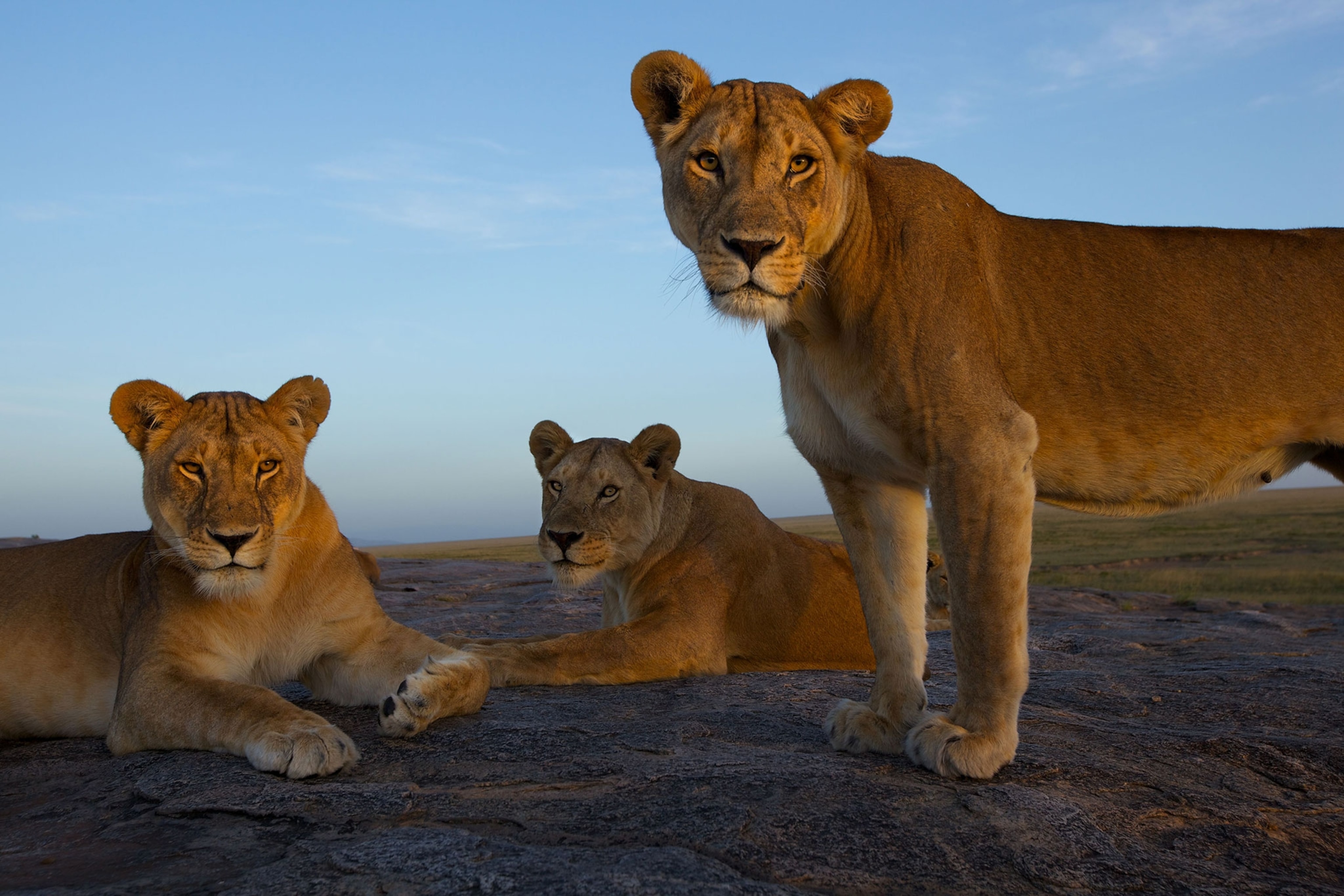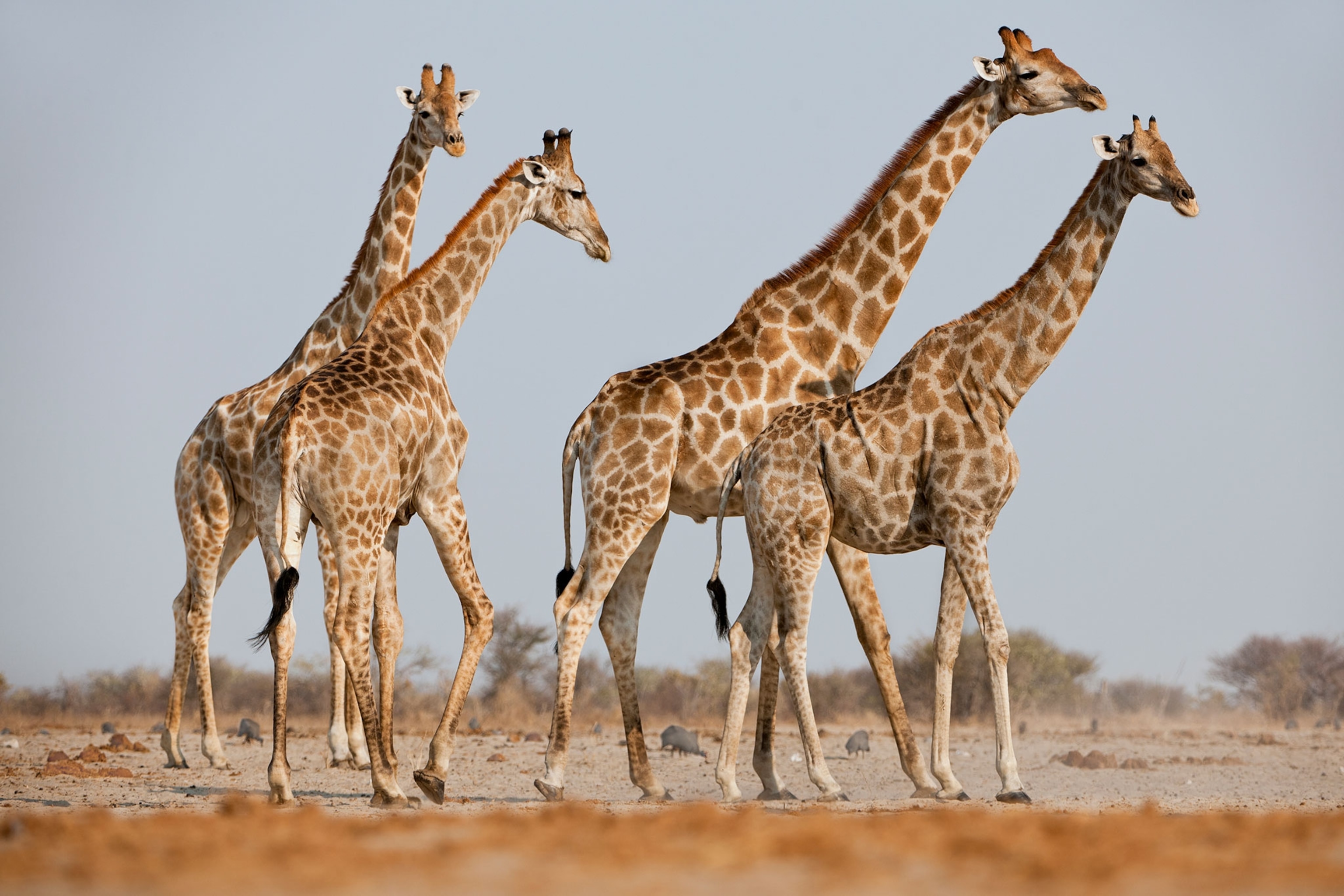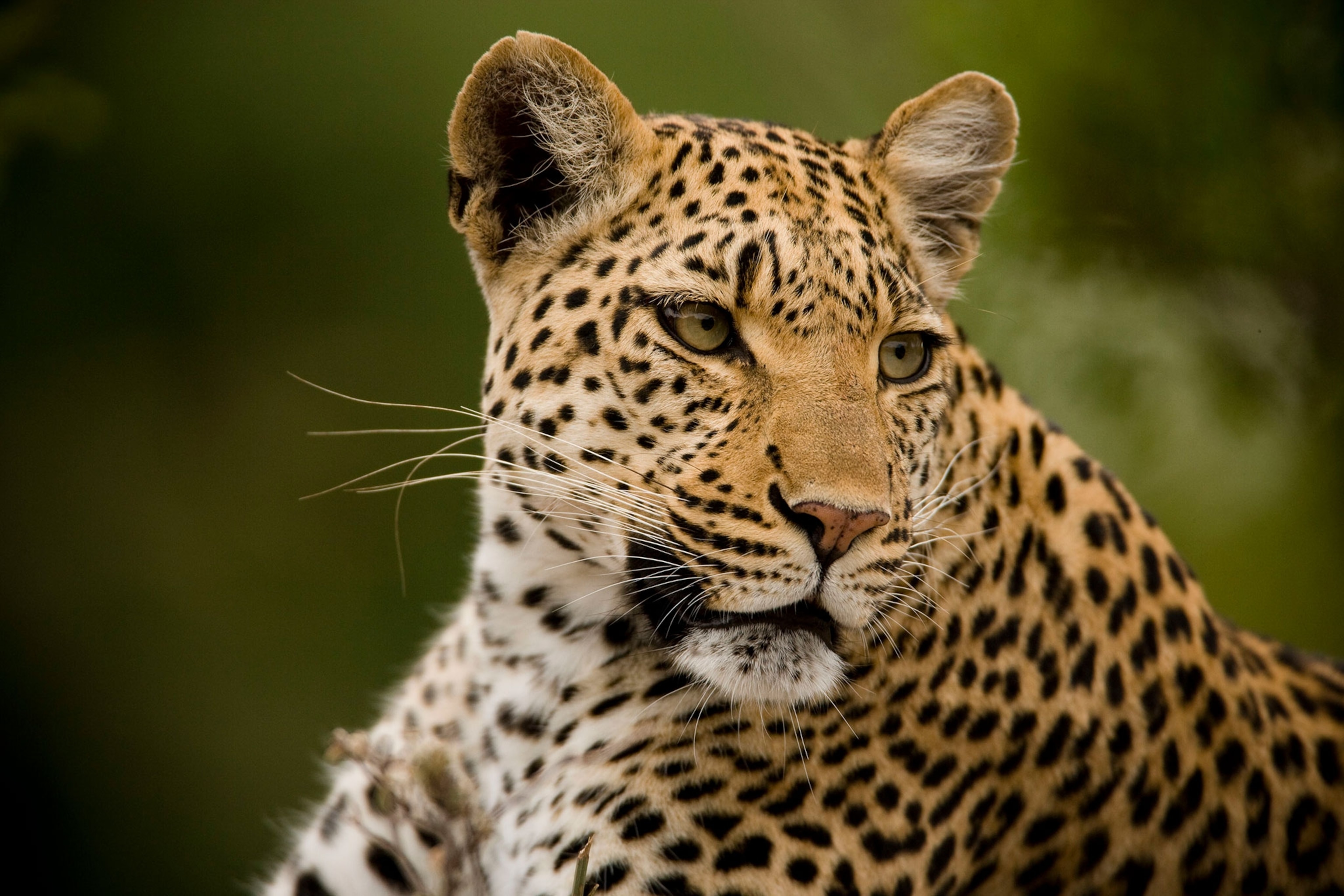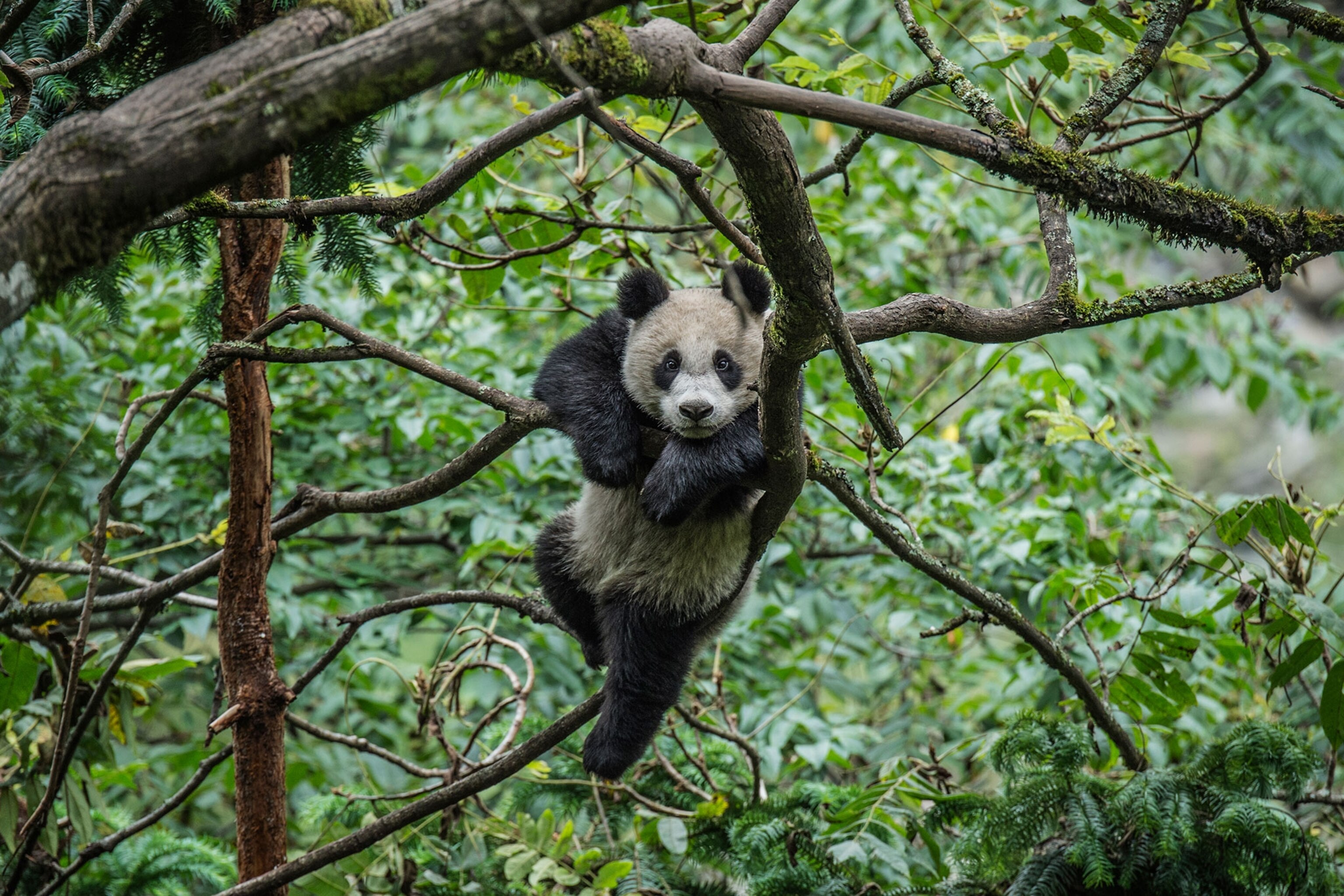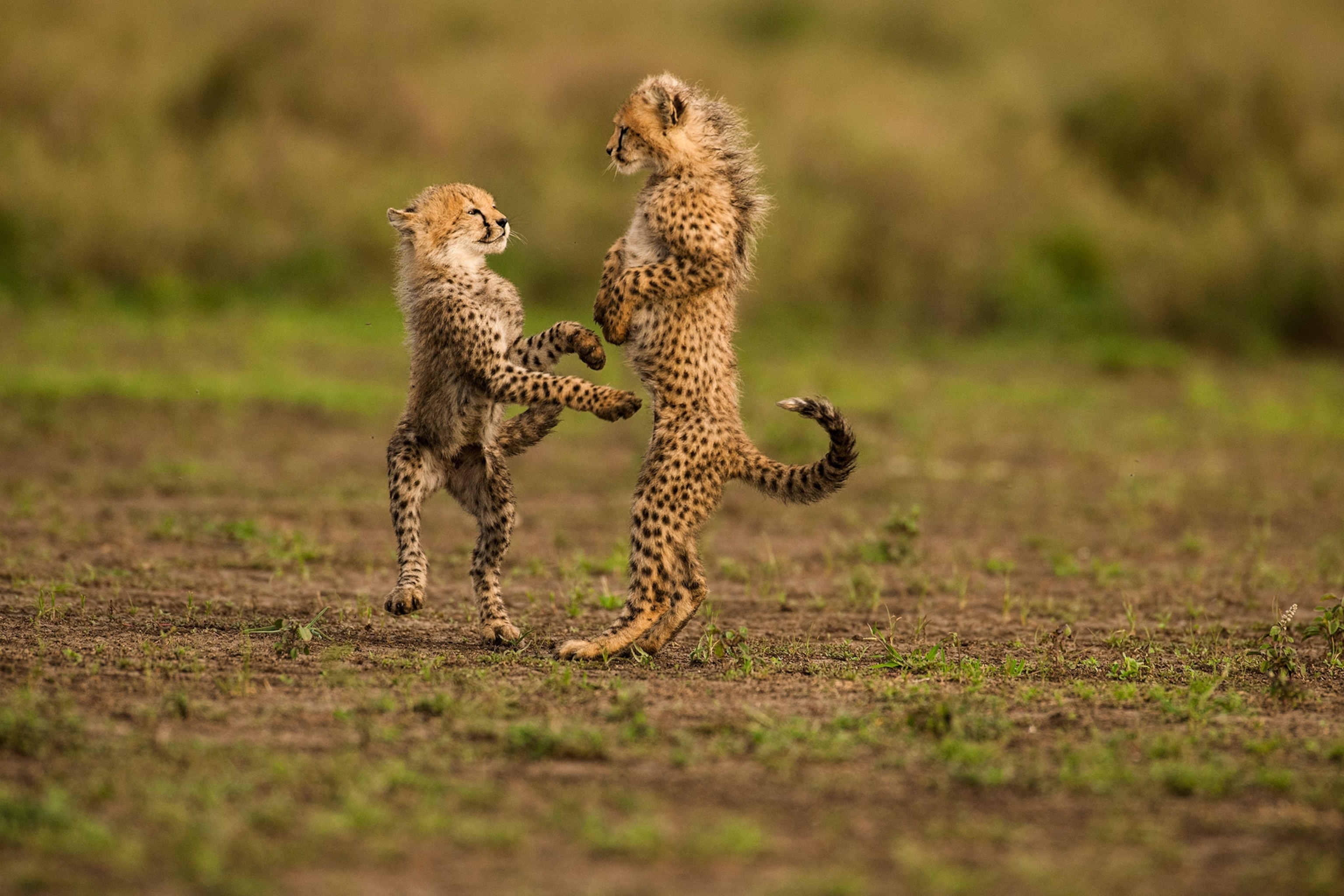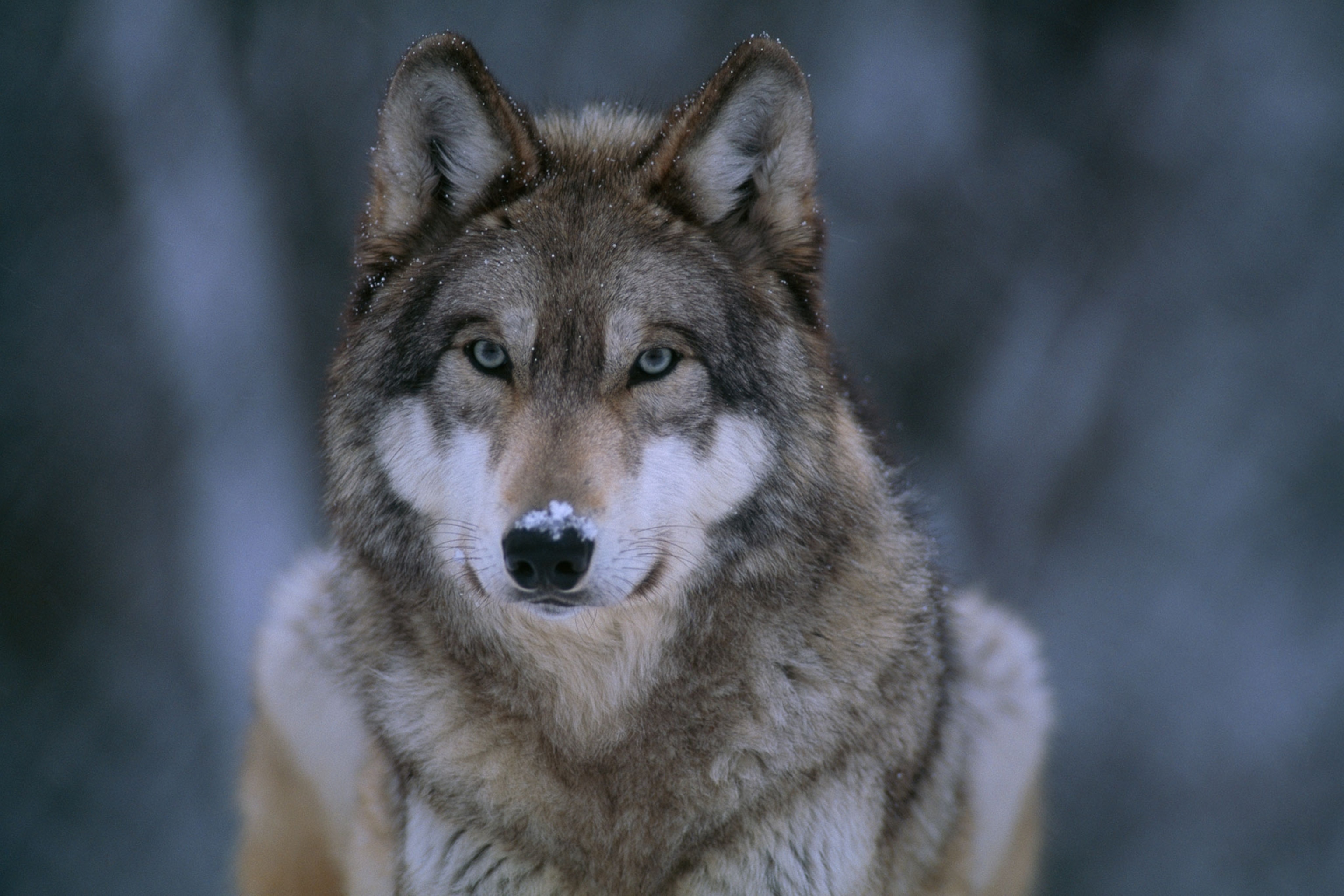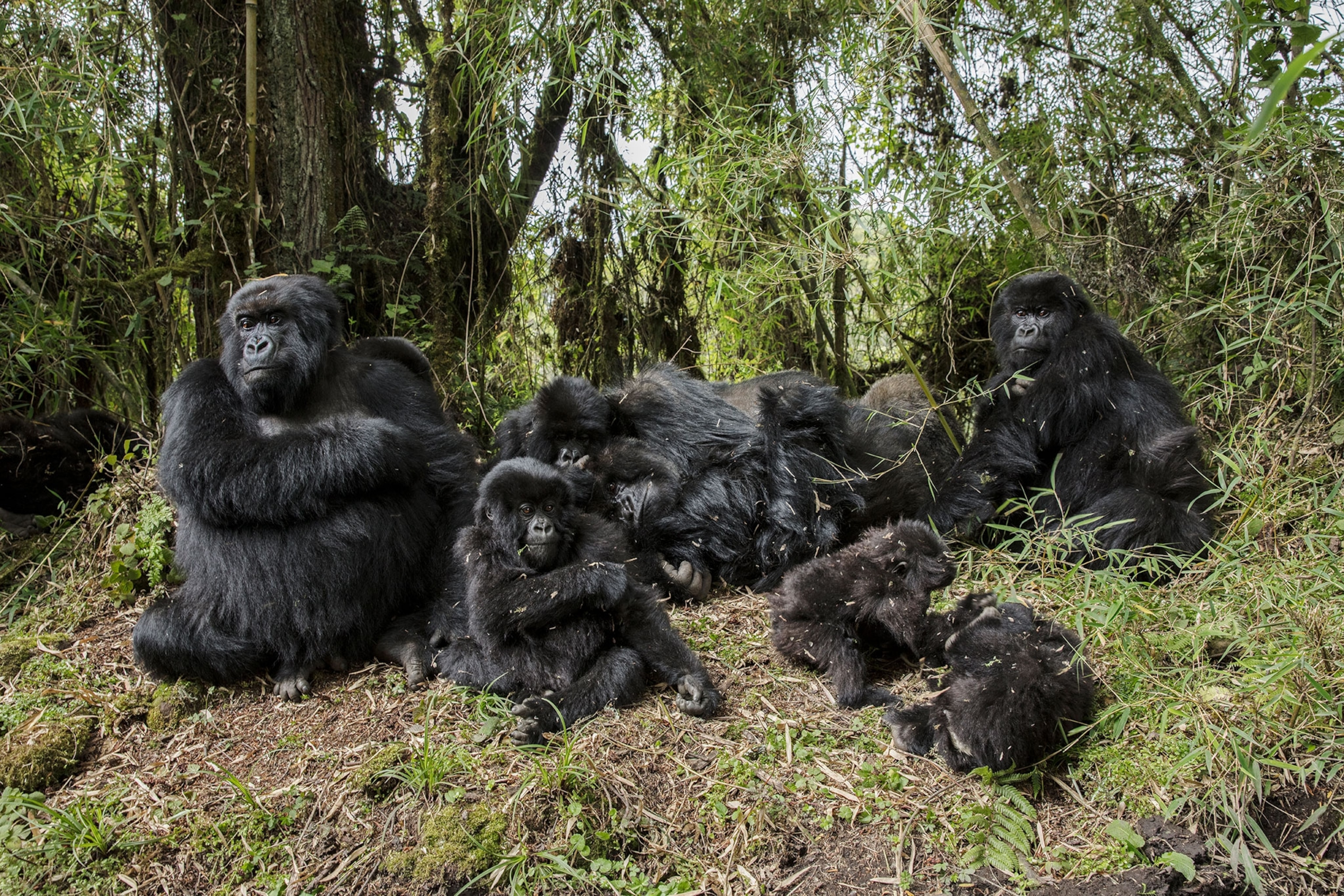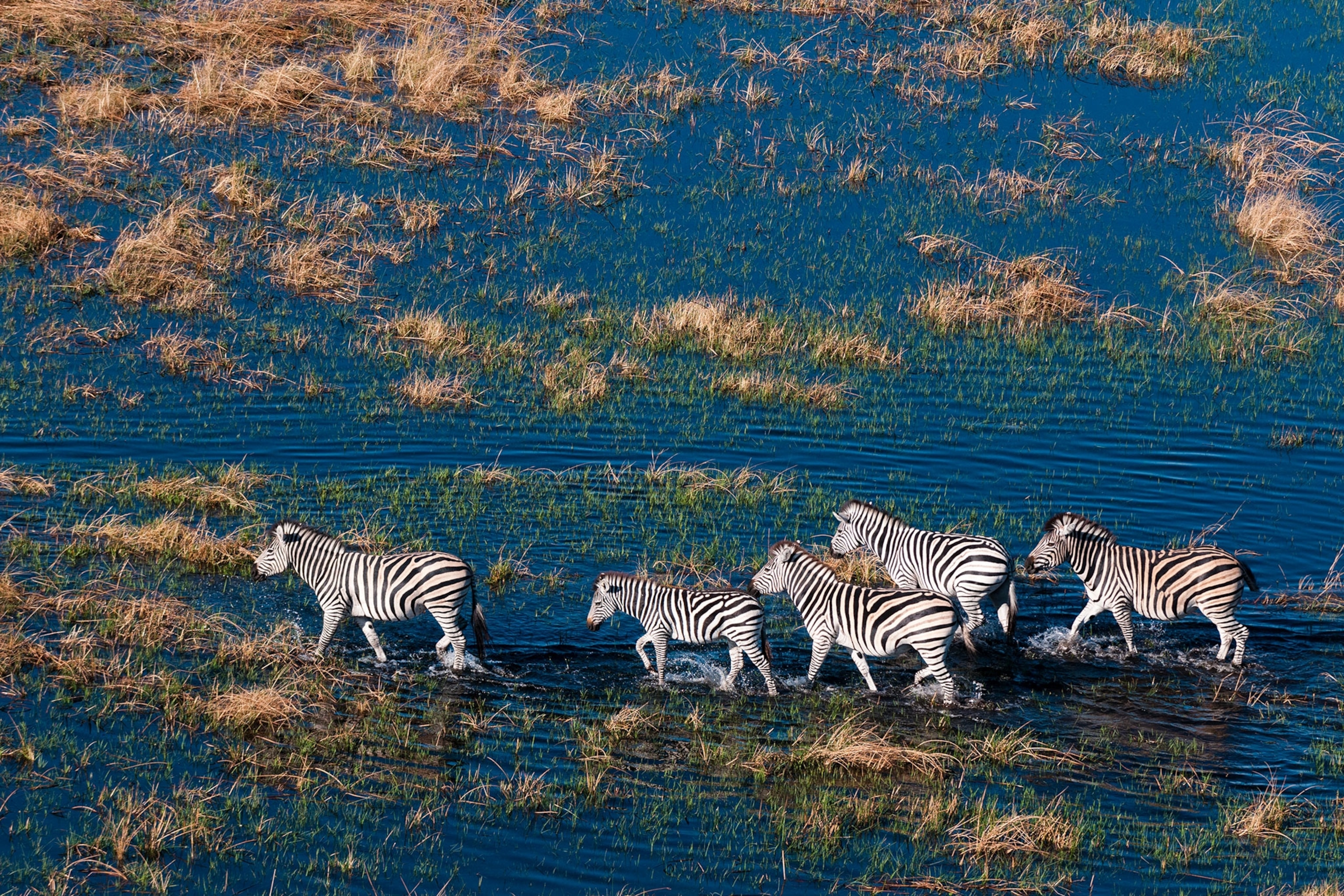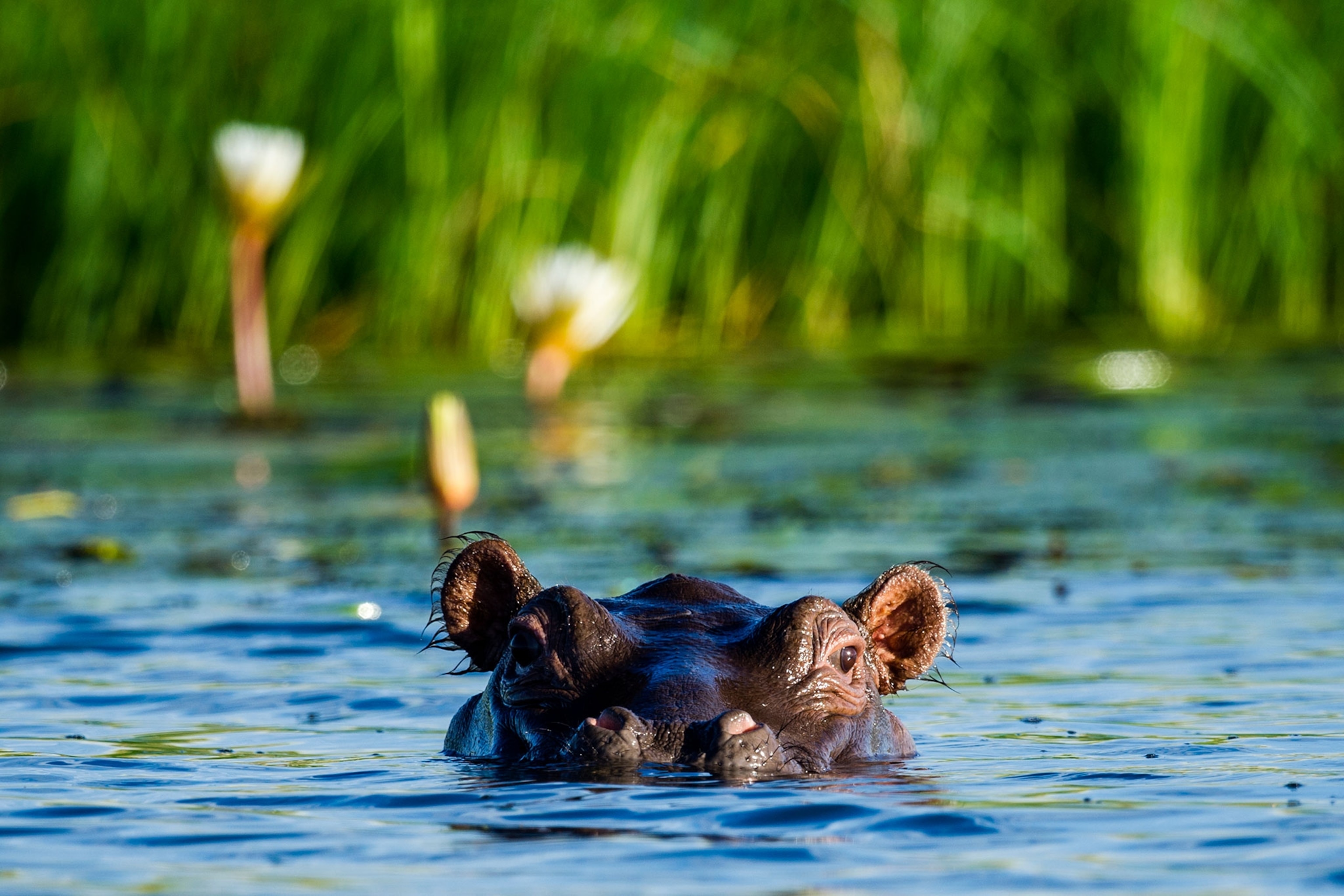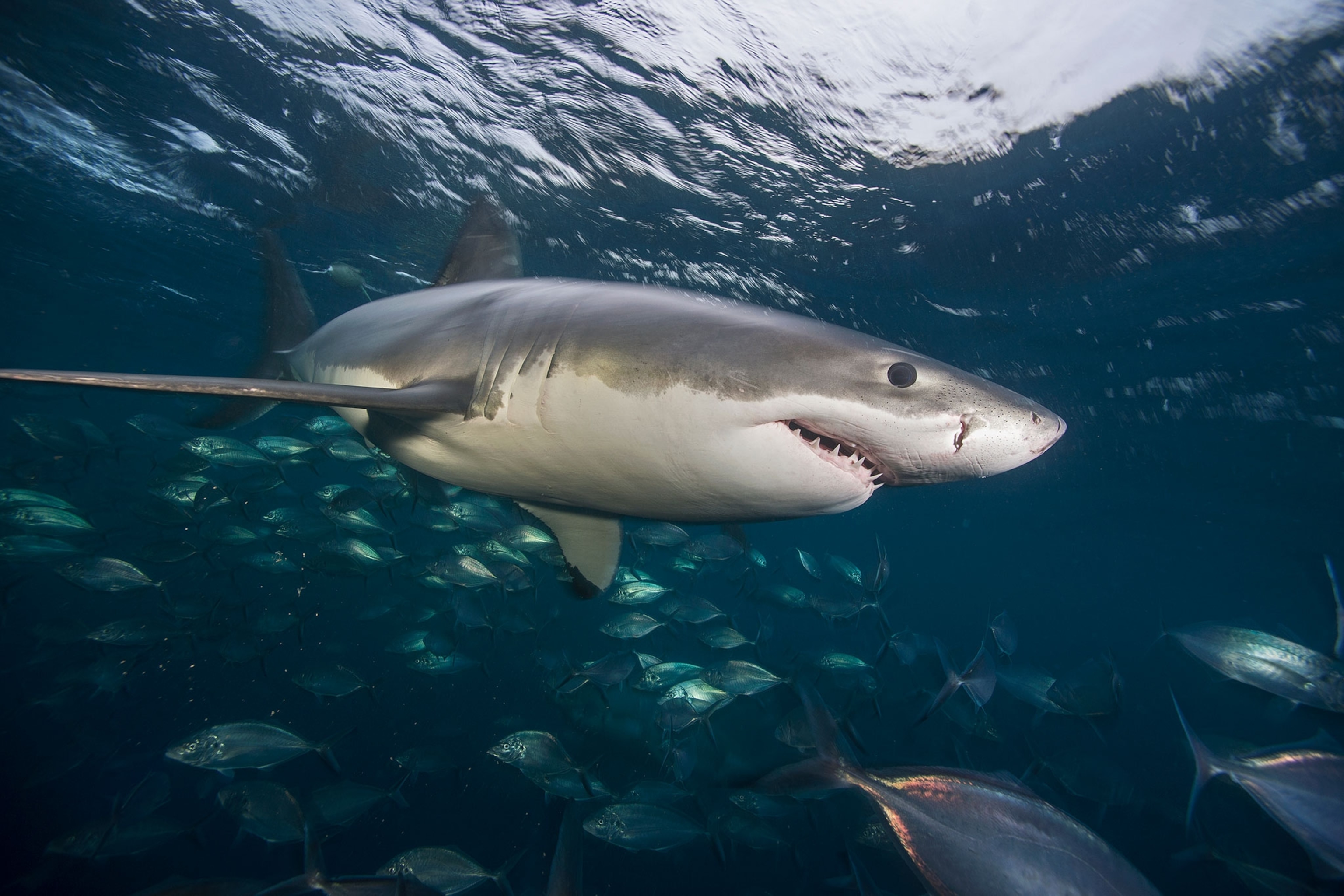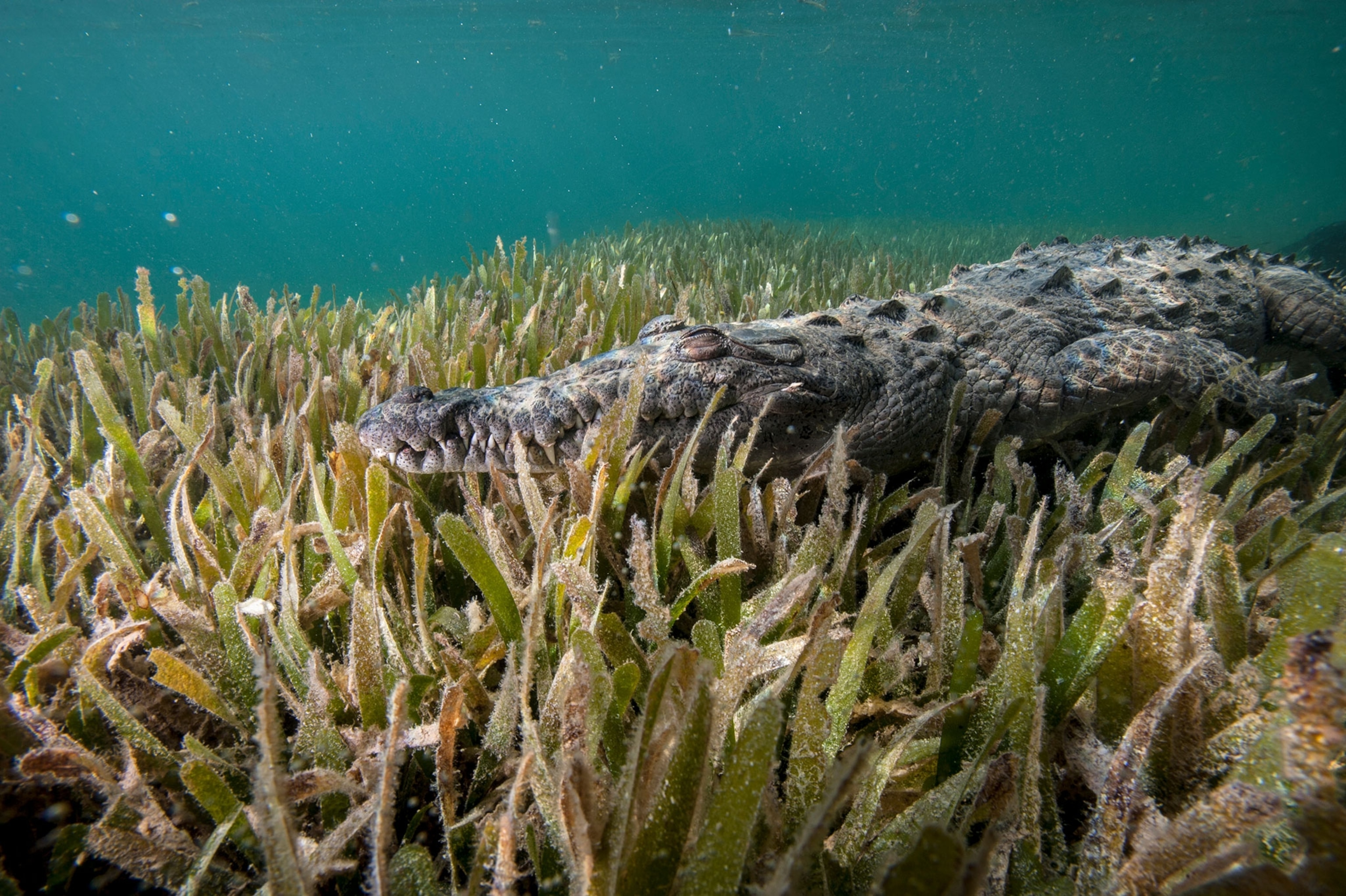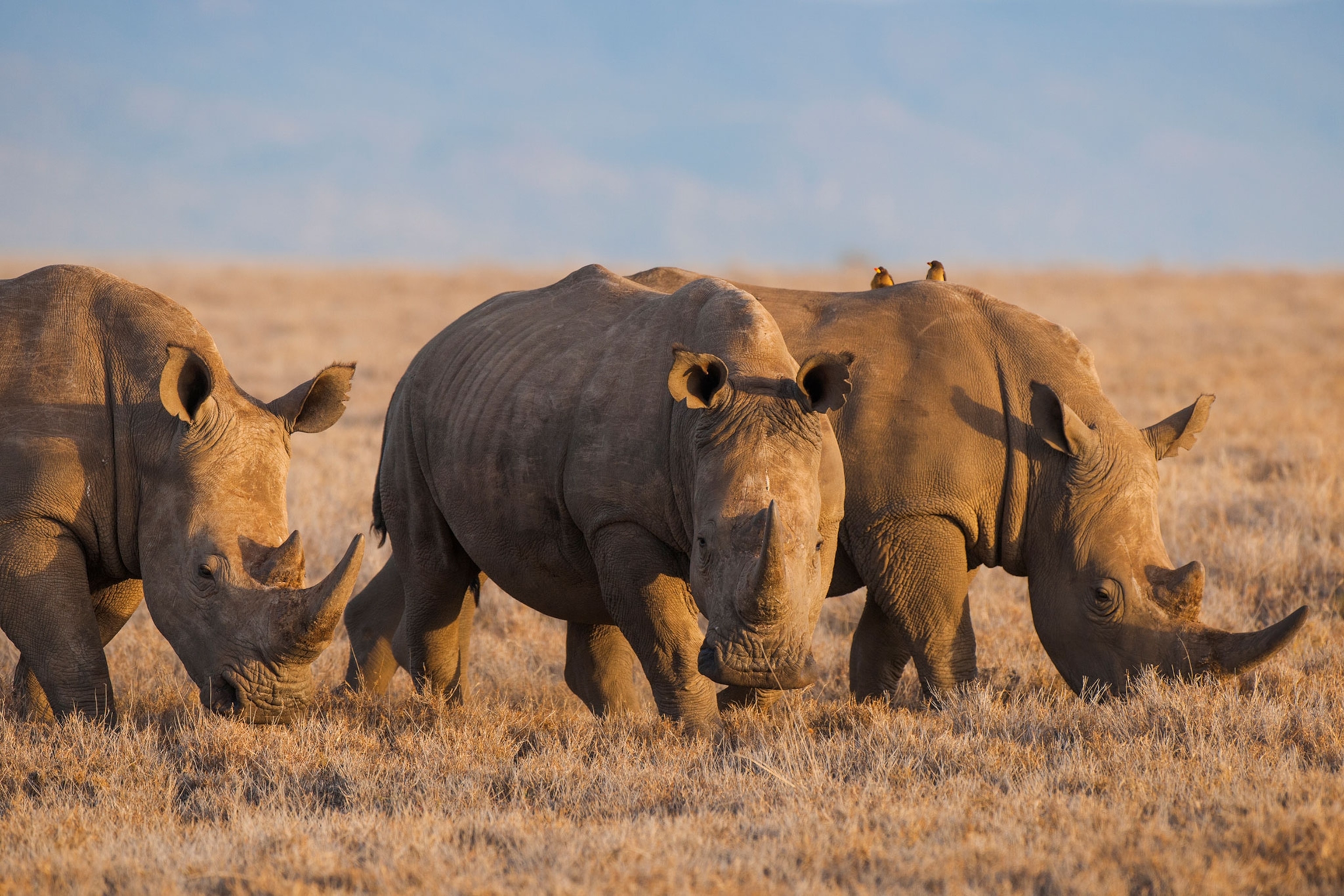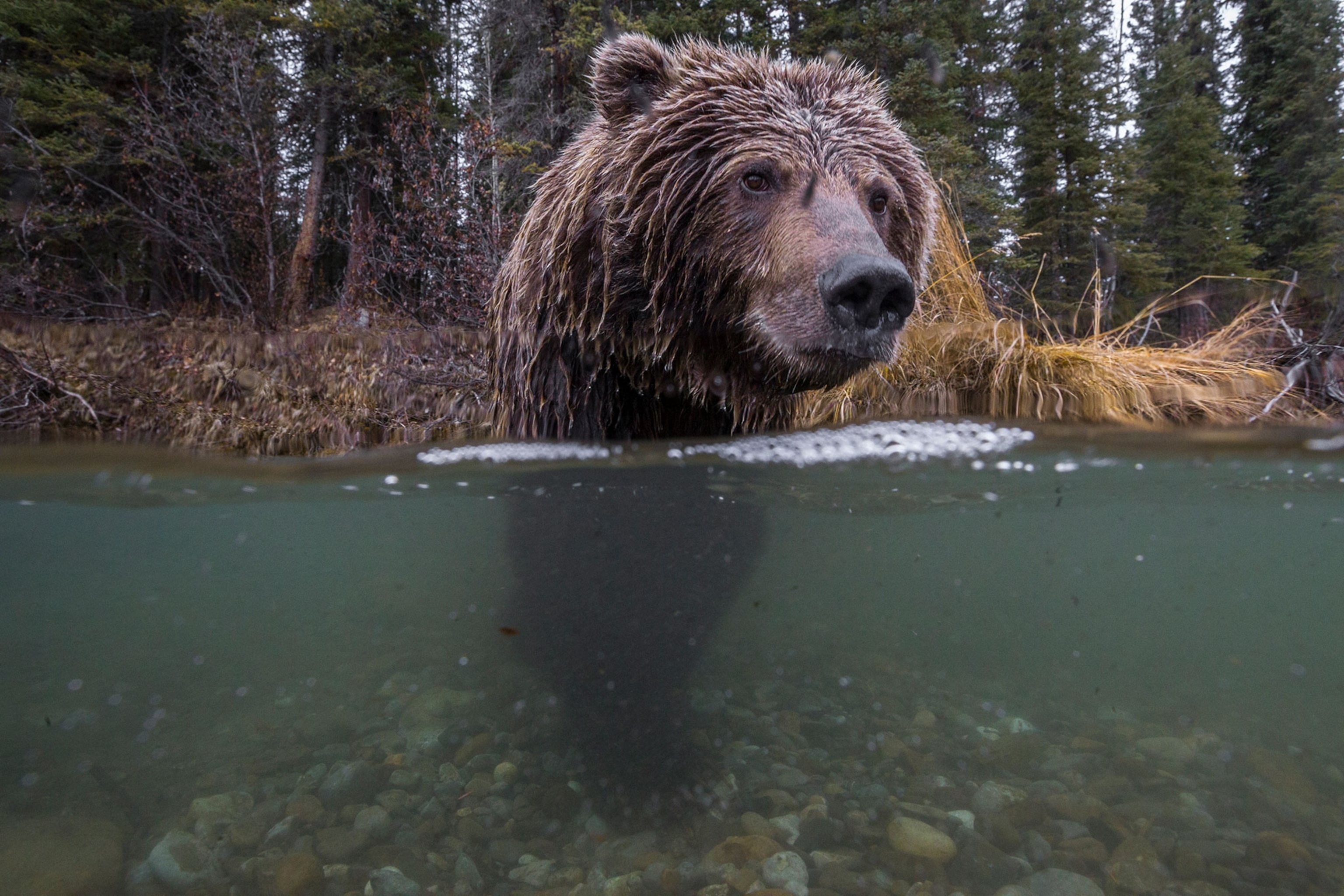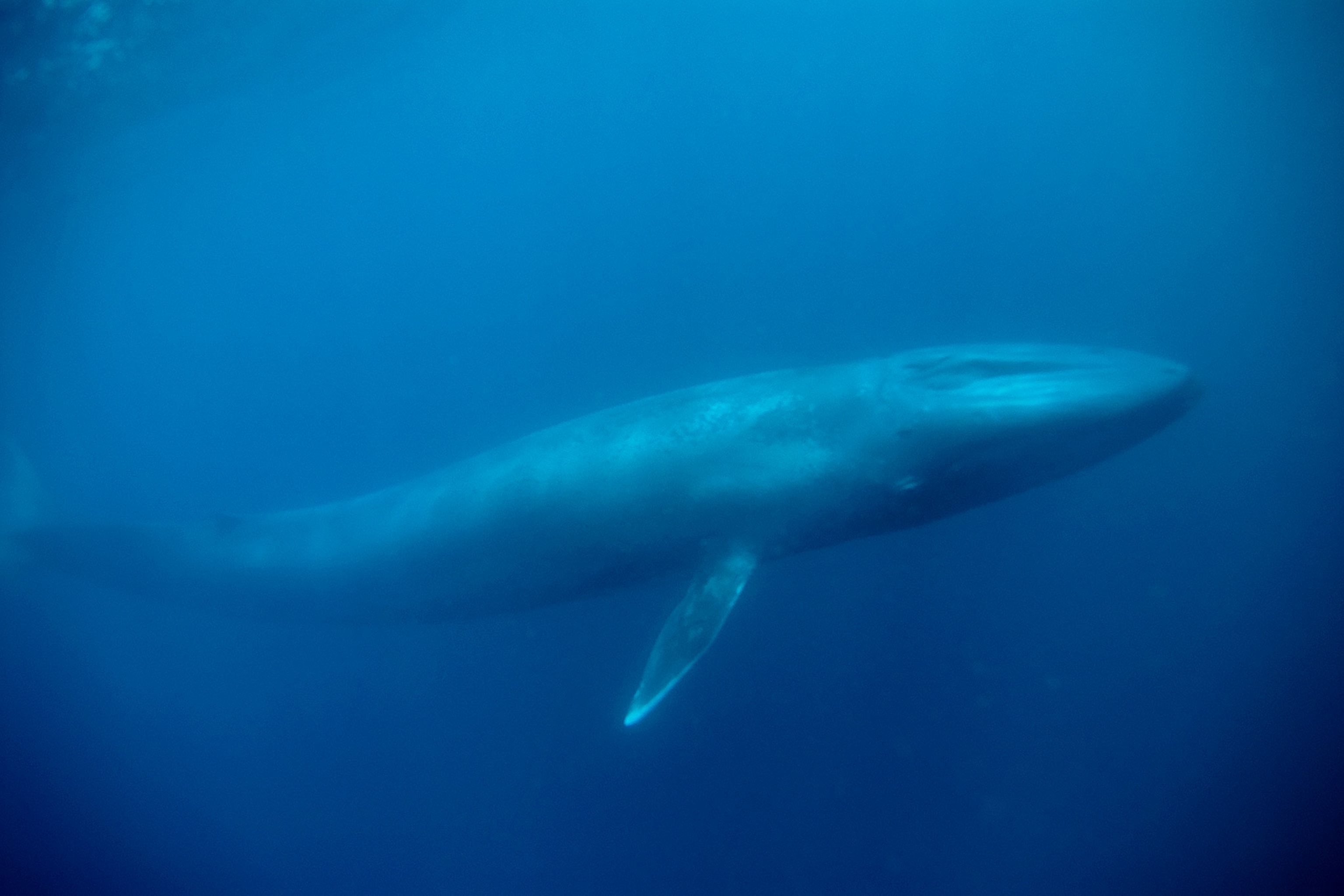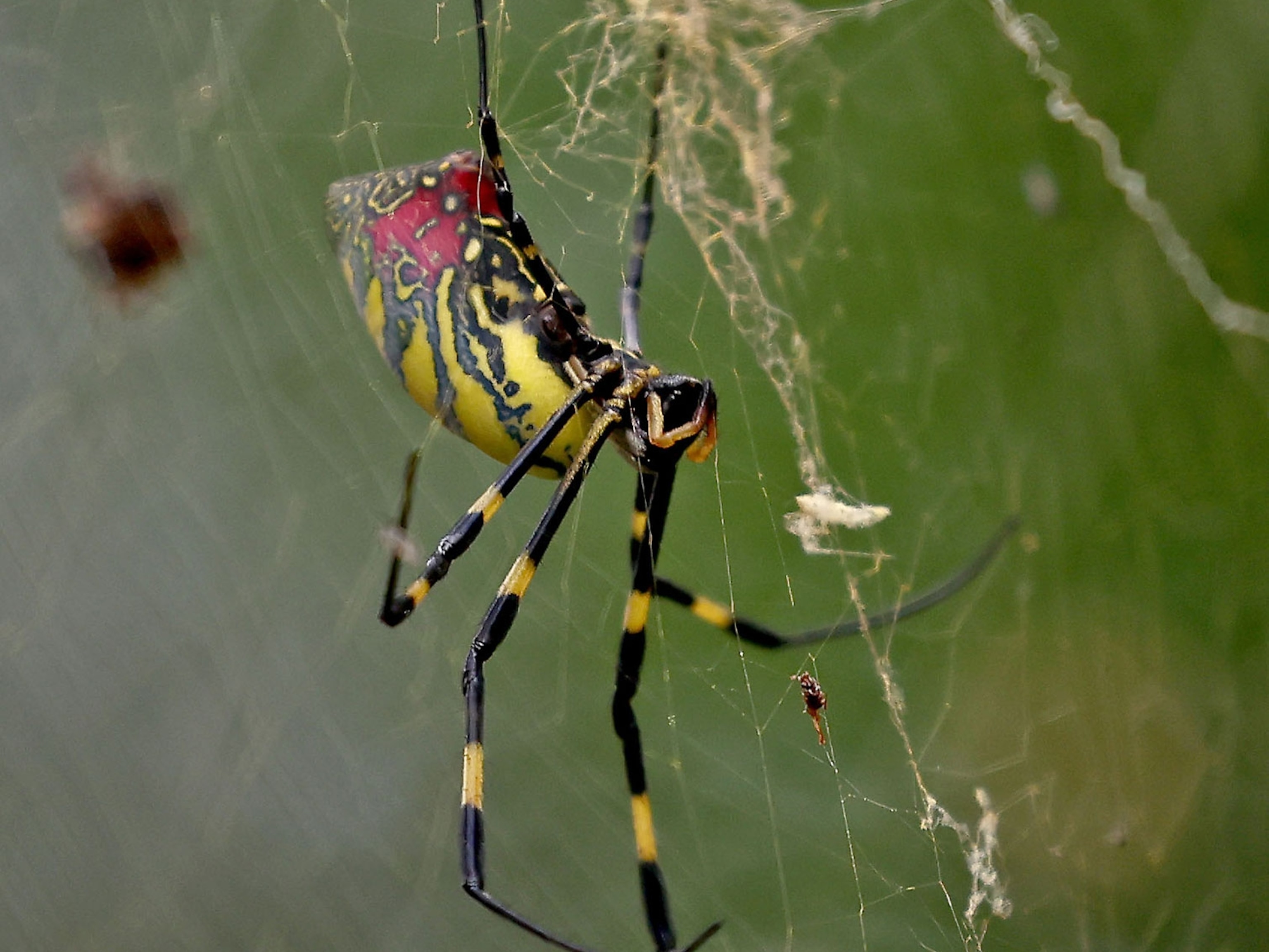
How these spiders use bubbles to live underwater
From boosting hunting success to breathing underwater, many animals have evolved uses for bubbles.
For us, bubbles put the fizz in champagne and the calm in bathtime.
But for several aquatic and land-dwelling creatures, bubbles are also a useful survival tool, whether it’s boosting hunting success or breathing underwater. (See beautiful photos of ocean wildlife.)
Here are some creative ways animals have evolved to take advantage of bubbles.
Fishing nets
Cooperative hunters, humpback whales blow bubbles from their blowholes to form wide nets, which they then use to corral prey such as krill and herring.
One whale circles the schooling prey, blasting them with bubbles to push them closer to the surface, says Ari Friedlaender, associate researcher at the University of California, Santa Cruz. (Watch the surprising moment a humpback whale feeds near shore.)
Another will “sit below and effectively be the bottom of a can,” he says.
The fish stay put, he says, because “animals won’t swim through a barrier if they don’t know what’s on the other side.”
Once this “bubble net” is in place, one of the whales puts out a call, and the mammals glide through the middle of the net, gulping down the densely packed prey.
“Each animal has its own unique style” of bubble-blowing, such as making spirals, rings, or bursts, notes Friedlaender, who is also a National Geographic Explorer.

Off Cape Cod in 1980, a female was observed using a new technique, in which she blew a bubble net, surfaced quickly in it, and then slapped her tail and went back down to feed.
Called “kick feeding,” the strategy stirs up the fish and makes them easier to catch. It’s now used by most whales in that population.
Oxygen tanks
Diving bell spiders are the only spiders that live underwater, but they still need oxygen to stay alive.
To keep an air supply, the arachnids first “weave a platform of silk between water plants,” says Jo-Anne Sewlal, an arachnologist at the University of the West Indies in Trinidad.
See photos of the world's most charismatic animals
The spiders then surface, trap air bubbles in the hairs on their abdomen, then swim back to the platform and transfer the bubbles to the silk platform. They’ll resurface to add air to their “diving bell” as needed. (Learn more fascinating facts about spiders.)
The bell also serves as a sort of multi-purpose room, a place to “consume prey, molt, deposit eggs and sperm, copulate,” and even raise young, she says.
Scent detectors
Star-nosed moles are the overachievers of oddity.
These mammals have tentacled noses, are the world’s fastest eaters, and use bubbles to smell things underwater. (Read more about the bizarre life of the star-nosed mole.)
These moles blow bubbles out of their noses underwater, and then breathe them back in. This underwater “sniffing” allows the predators to pick up scents of aquatic prey.
Hideouts

In their nymph stages, froghopper insects are called spittlebugs, because they secrete foamy substances that mix with air and create a bubbly disguise, giving them the appearance of a blob of foam on a plant.
A 2019 study in the Journal of Experimental Biology found that nymphs will “snorkel,” or stick their abdomen out of the bubbles, to breathe—or sometimes pop bubbles to get more oxygen.
Ocean rafts
Violet snails are so pretty, it’s hard to imagine they drift around on a raft of mucus. (Related pictures: “How Bubble-Rafting Snails Evolved.”)
That’s just what they do though, secreting mucus from a muscular organ called the foot, which in turn hardens to creates a floating mass of bubbles.
Scientists have long observed these snails "surfing" the oceans on such rafts, which can serve as flotation devices, egg-storage areas, and platforms for young snails. Floating at the surface also gives the invertebrates a source of food that’s relatively free from competition.

